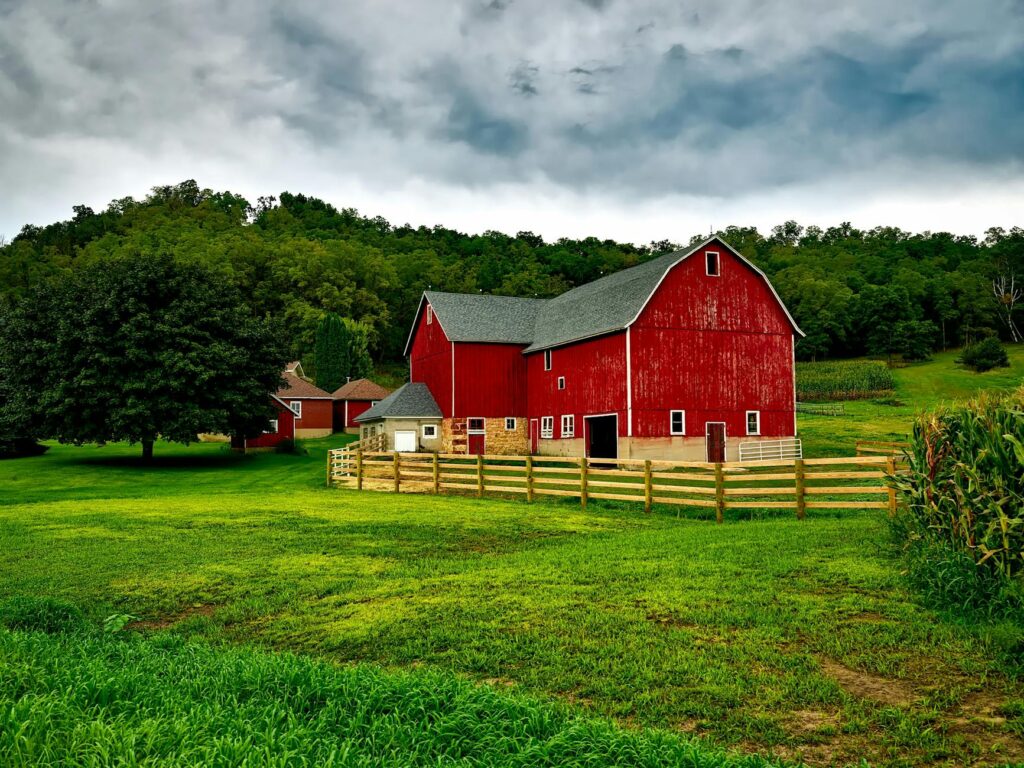If you’re trying to start a farm or ranch, the world certainly needs you right now. A global food shortage has been taking shape for quite some time now. Research indicates that the world’s demand for food is surging. In fact, it’s expected to potentially double within the next quarter of a century. At the same time, the number of farmers and ranchers is dwindling. It has dropped by about half just over the last 30 years or so. That leaves those who are left in the industry unable to keep up.
As a farmer or rancher, you can make a positive difference in the food supply whether you’re catering to local customers or a global market. Of course, getting your business off of the ground isn’t easy. If you’re like most people in the field, finding funding for your farm is one of the biggest challenges you’re facing. That being said, funding is available if you know where to look. Consider the following innovative funding options to help meet your needs.
Agricultural Lenders
Agricultural lenders are among the most promising options at your disposal. They focus specifically on providing loans and other funding alternatives to agricultural businesses, like farms and ranches. They understand the unique needs of people in the industry, and they provide a range of funding options to meet them.
Farm ownership loans are one of the possibilities. They’re designed to help aspiring farmers buy or develop land or expand their operations. Farm real estate loans are long-term loans designed to help farmers purchase land, build houses on farmland, or construct farm-related structures on their land. Equipment and machinery loans provide financing for buying tractors and trucks, having irrigation systems installed, and covering the costs of other essential equipment or installations.
Operating loans can be used to cover the costs of running a farm, like buying seeds, feed, and fertilizer. They’re also for covering fuel, equipment maintenance, insurance, and other ongoing operating costs. Livestock loans are used for buying livestock, building shelters for farm animals, and covering the costs of food and veterinary care for them. Those are only a few of the funding options available through agricultural lenders.
Conventional Lenders
You may also be able to get funding for your farm through a conventional lender. Some banks have entire departments dedicated to agricultural businesses, while others may only offer standard business loans. Conventional lenders don’t focus specifically on the needs of farmers and ranchers, and they often can’t meet the unique needs of those in the industry.
At the same time, they may not offer repayment schedules that dovetail with the factors farmers are up against, like bad weather, drought, and seasonal income fluctuations. Many of them prefer to work with established agricultural businesses rather than startups as well. They also tend to have more stringent eligibility requirements.
Government Grants
Government grants are another option. Unlike loans, this type of funding doesn’t have to be repaid. While there are certain eligibility requirements for grants, they don’t generally revolve around credit scores the way loans do. Recipients may need to be able to match the amount of the grant they apply for, and they’re required to keep detailed records of how they use the money they receive. Government grants are typically reserved for people who’ve been in the business for less than 10 years as opposed to well-established farmers.
Choosing the Right Funding Solutions for Your Farm
These are some of the funding options that are available to farmers. Many others are also available, each with its own purposes, eligibility requirements, and other variables. Whether you’re hoping to raise livestock, cultivate crops, build a hydroponics business, or branch into other areas of the agricultural sector, funding is available to help you get started and keep you up and running.

